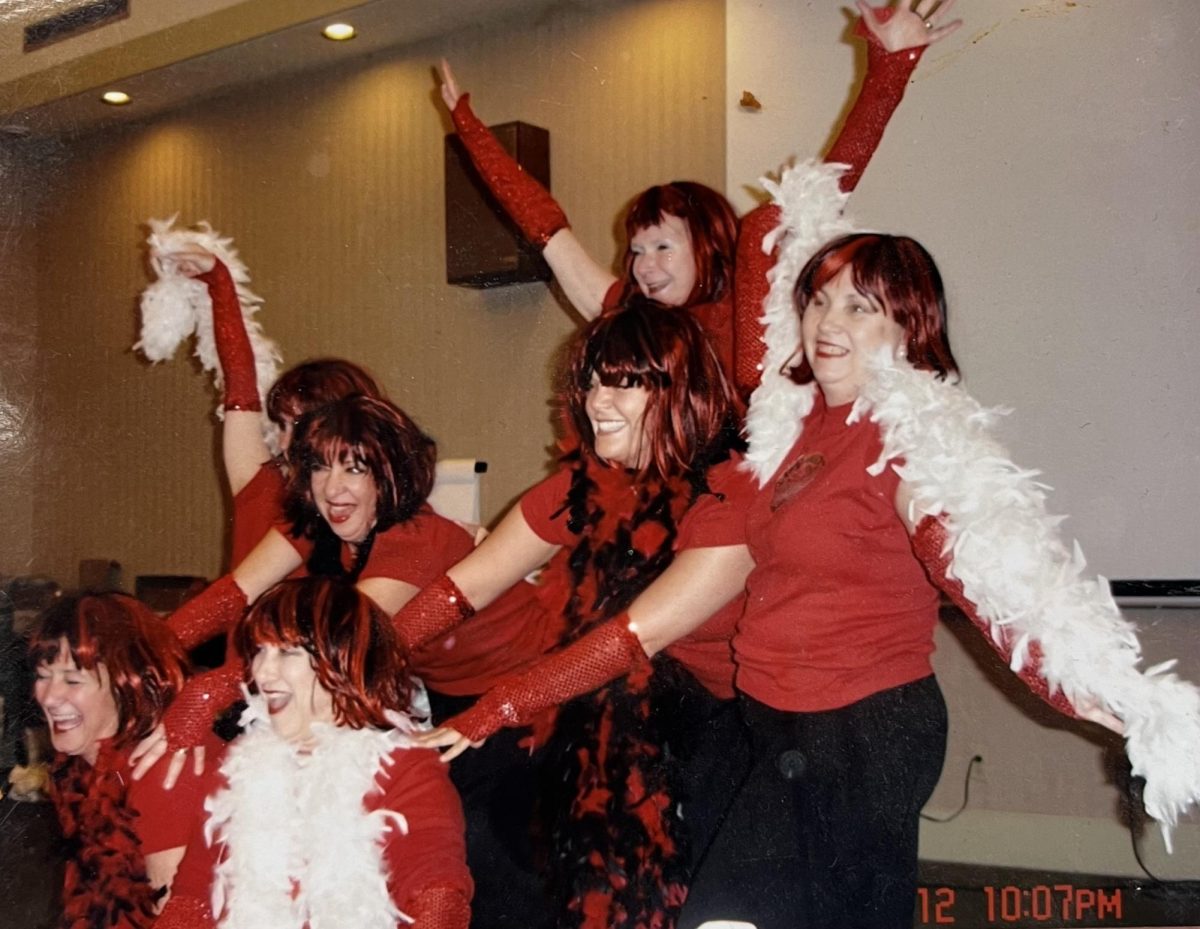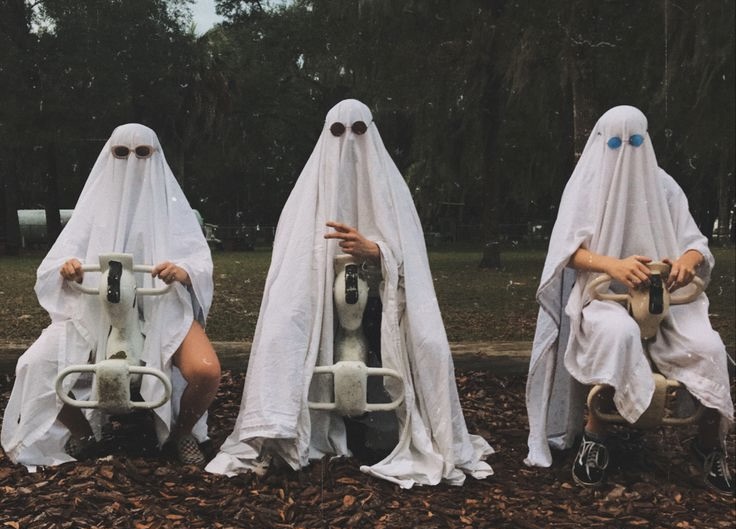What Goes Bump in the Night?
A peek into the spooky myths and legends around the world that answer the question“what keeps other children up at night?”
Halloween in America is a time for both candy and scares, tricks and treats and ghoulish costumes. Children and adults alike are kept frantically hidden in their bed sheets from movies and stories depicting the long popular creatures of vampires, zombies, witches, ghosts and werewolves that have withstood time. But what keeps other kids around the globe awake at night? With so many cultures and people, there has to be more than just these five basic monsters from America. In this article, we will explore what creatures and beasts make up the bumps and thumps of the night that keep children across countries awake at such eerie hours, specifically looking into myths and legends deriving from: Japan, Norway, Scotland, Guatemala and France.
Japan:
Okiku, the human doll of Japan

In 1918 Hokkaido, Japan, a seventeen year old brother lovingly bought his three year old sister, Okiku, a gift. This gift was of a beautiful doll with bob-length jet black hair and a silk kimono wrapped around its body. Okiku fell in love with the doll, and it was said she kept it at her side at all times, even while she slept. Sadly, the little girl soon died after suffering from yellow fever. In memory of their daughter, her family built a shrine inside of their home in dedication to Okiku’s life, with the doll as the centerpiece. But it was soon slowly discovered that the once bob-length hair was seen to have grown to knee length of the doll, leading Okiku’s family to suspect their little girl’s spirit laid in her once favorite toy and soon named it after their daughter. Up until 1938, the family decided to move away from their home of Hokkaido as well as leave Okiku’s spirit and doll behind, believing that was what was best. They entrusted the local monks of Mannenji Temple to care for their daughter as well as her doll after leaving. Because of the doll’s never-ending tendency to grow hair, the monks must cut it as well as care for it frequently. Curiosity finally caught up in the world of the supposed haunted doll, and some sources claim that testing soon began with it being discovered that actual human hair grew from the scalp of the doll. Another myth claims that if stared into, the mouth of the doll consists of human teeth. The doll of Okiku still lays in her past home of Hokkaido, Japan to this day, open to any visitors that wish to enter.
Source: https://oldcityghosts.com/okiku-the-japanese-human-doll-that-put-chucky-to-shame/
Norway:
The Sea Beast of Norway: The Draugen
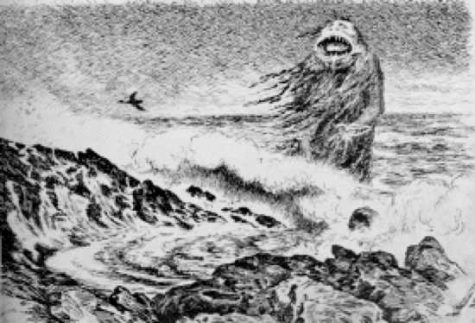
Those with a fear of the ocean depths be wary. The Draugen, said to be the spirit of drowned sailors and fishermen at sea or even an entity all of its own creation, is known to haunt the ocean waters of their graves. The creatures are described as being covered in seaweed as well as being freakish in size. They are thought to be only seen during the worst of storms in heavy waters all whilst rowing on the broken pieces of their past ship, supposedly the ship that doomed them to their ill fates. Curdling shrieks and deafening howls are the only thing that warn unwary sailors of the creeping Draugen coming to drag the sailors into the murky bottoms of the ocean with it. It is said that such souls killed by the creature are twisted into Draugen themselves, doomed to continue the cycle of death and pain for eternity. The only told way of escaping the clutches of the creature is to reach the dry shores of land before it does, a race of some twisted sorts. Yet, there is a story of a sailor who followed such a tale and was left with being chased by the Draugen on land. The man looked for sanctuary at a nearby church, begging the souls of the deceased that lay in slumber on the grounds to save him. In the morning, no man was found and all the graves surrounding the church had been emptied of bodies, with the only thing lying in the churchyard being seaweed.
Source: https://seeksghosts.blogspot.com/2014/01/norwegian-ghost-folklore.html
Scotland:
The Braided Beast of the Cù-Sìth:
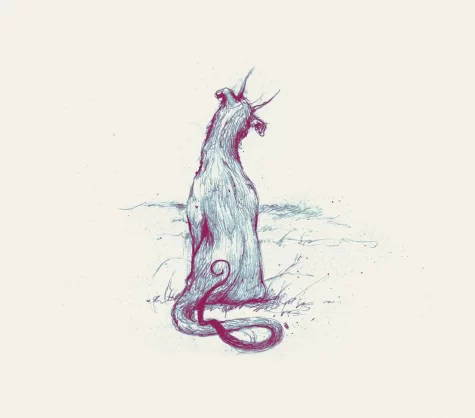
Described as being a “wolf-like creature the size of a bull” and shaded dark green, the Cu-Sith lies in the Scottish Highlands, being bestowed the title of “harbinger of death”, strongly alike to the tale of the Grim Reaper. Its most popular features are its glowing, crimson red eyes, seen penetrating through the black abyss of the shadows. The moors of Scotland as well as rocky chasms are said to be the Cu-Sith’s most common place of venture and rest. Yet what makes this creature most terrifying is the tale of its three ghostly howls and that if the victim does not find a base of safety by the third howl, they will fall over dead from the raw terror of the sickening mutt’s contorted screams. Instead of most creatures of Scottish lore that are said to steal the souls of the deceased, the Cu-Sith instead guides such spirits to the side of the afterlife, seeming to temporarily wipe away its wrongdoing of the death its howls bring. Another one of the Cu-Sith’s sickening performances, is of its kidnapping of pregnant women, forcing those of the olden days of Scotland to lock up those expecting, in fear of them being stolen away by the creature. So whether in the old past or the current present, inhabitants of Scotland still sit in wait, still dealing with the antics of the Cu-Sith.
Source: https://www.timberbush-tours.co.uk/news-offers/scottish-folklore-cat-sith-cu-sith
Guatemala:
Guatemalan Elves, Los Aluxes
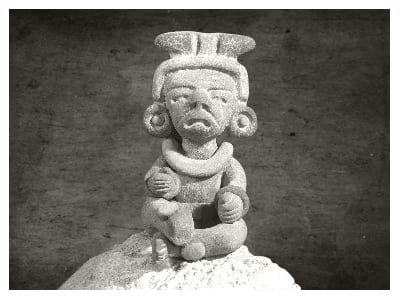
Aluxes, elves in English terms, appear in the form of young, playful children often wearing sandals and a hat. Weirdly enough they are often being found followed by a dog. In other Yucatan regions, these small spirits are described as having eyes the size of owls or even body parts of exoctic, local animals like iguanas, deer, macaws, etc; while some depict them as dark shadows with red, glowing eyes. They are said to live in tiny homes in caves and bring good or bad fortune in heavy quantities. These spirits bring the term “what goes around comes around” to a new level, as if not treated as they expect, they can cause mass misfortune on the individual. Such examples range from mischievous pranks on locals by scaring them with menacing forms to pulling a string of pranks. The only said way to stop such conflict is to either please the creature by bringing offerings or possibly build them a brand new house. An Alux can not cause physical harm to the individual but instead relieves its anger on a person through spells and curses, with sudden illness, dizzy spells, having your most precious belongings stolen, and even having non stop nightmares. For those who have found friendship among the small sprites, great luck in crops is to be expected, leading many Mayan farmers to success with the help of an Aluxe. But no name can be called for the Aluxe, as uttering its name can summon the creature and easily throw the elf into a tantrum, causing utter chaos and mayhem for the unwilling person. In the end, Aluxes are like small children, sweet at times yet always on the verge of a fit, making normal toddlers and children seem like angels compared to these Spanish creatures.
Source: https://www.ancient-origins.net/myths-legends-americas/aluxes-0016592
France:
The Creature of Gévaudan
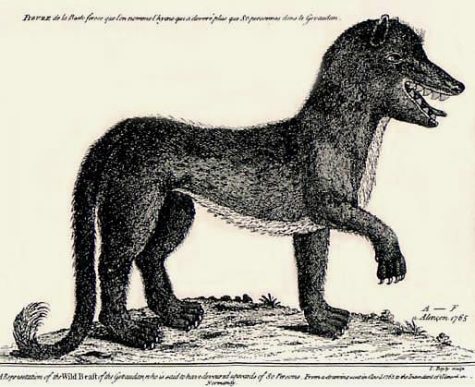
From 1764 to 1767, around 100 people, the majority being young women and children, were violently hunted and killed by a supposed beast in Gévaudan, France. This beast was never caught but through the descriptions given by those lucky enough to escape, historians believe the animal could possibly have been a hyena or a young lion escaped from a traveling circus, and even a wolf mistaken for a much more terrifying beast as depicted in numerous drawings. Accounts and records of the unfamiliar beast are what make it most terrifying, as having material evidence of the first actual recorded attack as well as the many others that follow show it was no story made from the fogged brain of a drunk on his way home. In fact, so many attacks were recorded that some even believed it could be the work of two or more creatures. October 8, 1764, hours after another mauling, the beast had been tracked and herded to an opening in the woods near a sighting at Chateau de la Baume by hunters looking for one of the many rewards offered for its death. After shooting a volley of bullets, the creature, said to have been crumpled dead on the ground, suddenly rose and vaulted as if brought back, giving it its demonic title that spread like wildfire. Even King Louis XV eventually joined the action after hearing of the maulings and sent members of his court to slay the beast. Many members declared to have finished off the beast, yet the creature’s attacks only escalated until hunter Jean Chastel shot an animal in the mountains, in which soon after the brutal onslaughts suddenly ceased. But no one knows for certain if this was the actual demonic creature that possessed the French with such fear, and to this day, some still wonder about the possibility of a second beast’s whereabouts and if the lineage of the animal still exists to this day.
Source: https://www.citylit.ac.uk/blog/halloween-tales-scary-french-legends
https://www.history.com/news/beast-gevaudan-france-theories
In the end, we all have some type of fear that keeps the gears of our brains turning, filling in the void of the dark with what we panic over most, especially during the season of Halloween. To know that such fear and stories are dotted all over the world truly connects us as humans on this small, floating rock.



















































